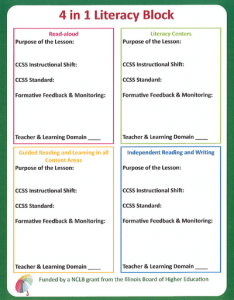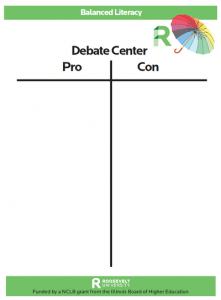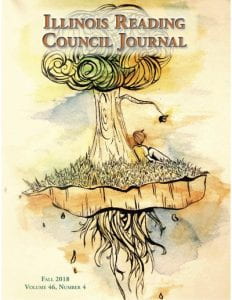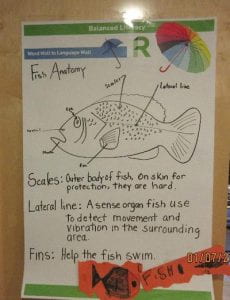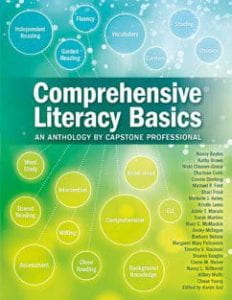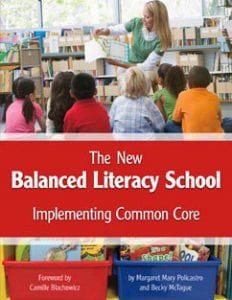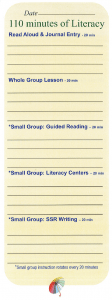 Used by the teacher to plan their daily Balanced Literacy activities; can be posted outside the classroom for public disclosure.
Used by the teacher to plan their daily Balanced Literacy activities; can be posted outside the classroom for public disclosure.
How to implement in the classroom:
Teachers have commented, “These pads have saved my time management problems”, “I feel secure in knowing I am accomplishing my literacy goals for the day and the week”; “I could have used these years ago.” These pads are to be used to help you plan your literacy block and make your teaching transparent. Fill out one each day and you will immediately notice that your planning has become intentional. Choose and pre-read your Read Aloud , prepare your questions in a scaffolding manner and require students to journal every day. The very young ones can draw and label what their thoughts are. Post these slips where they can be seen by your administrators.

